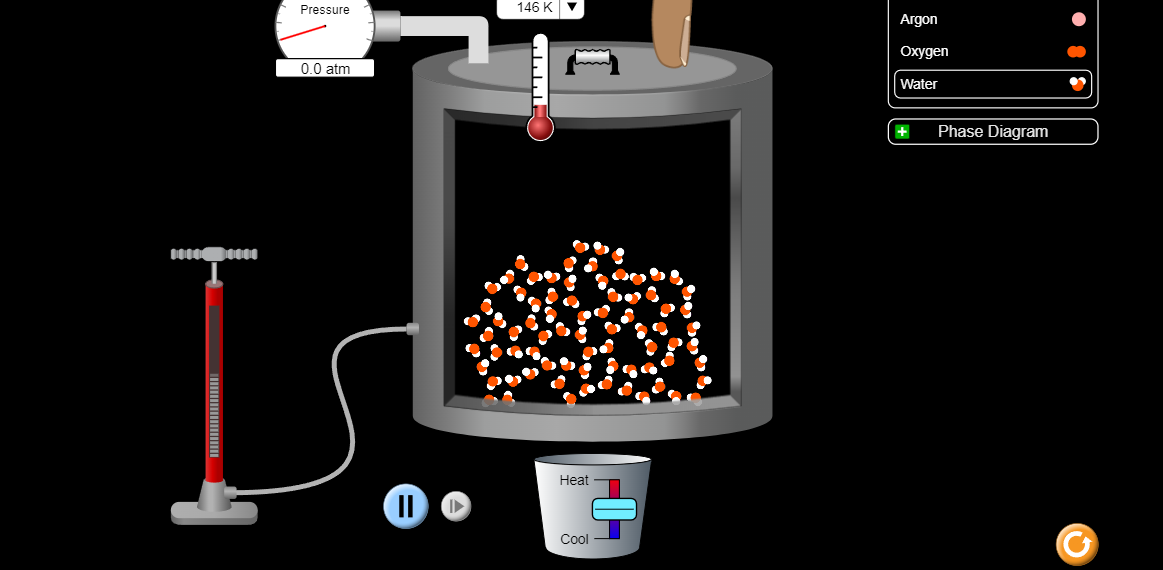TPACK Model
TPACK model refers to a framework for teachers to develop lesson plans using technology. TPACK model, stands for Technological, Pedagogical, Content and Knowledge. It emphasizes the interplay between three types of knowledge: technological knowledge (TK), pedagogical knowledge (PK), and content knowledge (CK). Teacher who possess TPACK are able to seamlessly integrate technology into their lessons in a way that enhances students learning and engagement.
TPACK model helps teachers understand how to effectively integrate technology into their teaching practices. By combining technological knowledge with pedagogical and content knowledge, teachers can create meaningful learning experiences that leverage the benefits of technology. When a teachers have a strong understanding of TPACK, they are better equipped to design engaging and interactive lessons that cater to diverse learning styles. This can lead to improved student learning outcomes and increased student engagement.
It also encourages collaboration among educators, as it highlights the importance of integrating different types of knowledge to create effective learning experiences. By working together to combine their expertise in technology, pedagogy, and content, teacher can create innovative and engaging lessons for their students. Overall, the TPACK model is important because its helps teachers develop the knowledge and skills necessary to effectively integrate technology into their teaching practices, ultimately leading to enhanced student learning and engagement.
Lesson Plan 2
Subject: Social Studies
Topic: Work people do (Types of work)
Class: IV Date: 25/04/2024
Time: 45 minutes
Teaching learning materials: PPT, video link, internet with google docs, digital tools and textbook.
ICT model: TPACK model
Teaching method: collaborative learning
Previous knowledge: they have already learned about people and the society.
Lesson objectives: At the end of the lesson, the students will be able to,
a. define work in their own words after the discussion.
b. explain the importance of different works after explanation.
c. write down the different types of work that are being seen in their locality.
Lesson Introduction (5 minutes)
* Exchange of greeting, Then I will start the class by asking students about the previous lesson i.e. people and the society.
* With their responses in hand, I will ask them the following questions:
1. What does your family do for living?
2. Do you think people have to work?
3. Why does people work?
4.Can you name some of the job that people do around you?
After their discussion on these questions I will make them to share with the whole class. To further highlight my lesson, I will show them the PPT that contains the definition and the different types of work to make them more clear about the topic.
Lesson Development (35 minutes)
* Divide the class into 5 groups with 4 members each and instruct the with them to come up with importance of work i.e. why people work.
* They will be given 15 minutes to complete the task and 5 minutes to share with the whole class. A student from each group will share what they have discussed in their group.
Extended Learning Activity
* For those group who completed their work before the given period of time they will be given another work i.e. to discuss what are their do for living. As a result, the students will know more about each other and the works that are done in their locality.
(I will go around and help them if they need any have any)
* The students will go through this video and they will have to write down what are the different types of occupations that they have seen in the video.
* They will also have to write the work that they for the particular pose.
(They will be given 15 minutes to complete the given task)
Lesson Closure (5 minutes)
* In order to close the lesson, I will create a quiz to check whether they have understood the lesson or not.
It will be done in a group of 4 members and they will be given 5 minutes to complete the task.






.png)